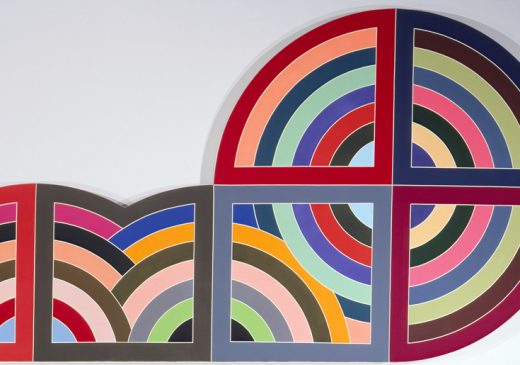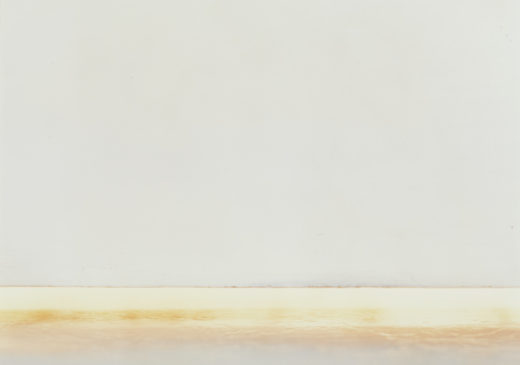Class Discussion: Repeating Pattern Designs
- Give students one minute (or give homework in advance) to find at least one example of a repeating pattern in their room or in their own clothing that they can share on camera or through pictures for the class.
- Ask students if they can find the unit that is repeated in the pattern they selected. How big or small is it? Discuss how it is repeated. Discuss the use of balance; if it uses bilateral symmetry for a mirror image, radial symmetry, or asymmetry.
- Discuss how when we analyze a design, we can deconstruct for the most basic elements (line, shape, form, color, value, etc.) and how it was designed (the principles such as balance, rhythm, etc.). Discuss how color and pattern is considered as important as the form or silhouette of the garment. We refer to that as the flat pattern surface design of the fabric.
Video Interview with a North Carolina Fashion Designer
Introduce North Carolina fashion designer Marissa Heyl with this video. Marissa is the founder of Symbology Clothing, a fashion label that uses fashion to empower women and preserve artistic traditions around the world. By fusing traditional artisan textiles with trend-forward designs, Symbology offers individually created haute couture garments. Marissa works with North Carolina-based company Spoonflower to create prototypes of her patterns. She then takes them to India, where women create the patterns using traditional methods.
How does this video influence your understanding of how designers are inspired to create their patterns?
Class Discussion: Frank Stella’s Raqqa II
- Briefly introduce the project: To keep things fresh in the fast-paced world of fashion, designers often look to the work of famous painters and sculptors for inspiration. In this project, we will deconstruct a series of paintings to inspire a flat pattern fabric design.
- Screenshare Raqqa II and give students a minute to look at it. Then, have them describe what they see in 1-3 words in the chat window. Ask a couple of students to elaborate on concrete details they observed. For instance, if a student says “concentric circles,” have the student explain what concentric means and to identify it in the work.
- Have students look at the image again and comment in the chat window about one thing they are wondering about the work. Summarize key questions before sharing context.
- Explain that the title is Raqqa II– named after an important trade center in Syria. The artist, Frank Stella, constructed this shaped canvas as part of a series of more than 90 paintings called the Protractor Series. Ask students how they use protractors in other classes. Each painting in this series was to be created in three different formats: interlaces, rainbows, and fans. He titled his paintings after ancient, circular-plan cities. Notice how certain bands of color in this painting seem to be closer to the viewer because of color, placement (lower in the picture), and overlapping.
- Watch this video to find out how Raqqa II represents architectural ideas through only lines, shapes, and colors.
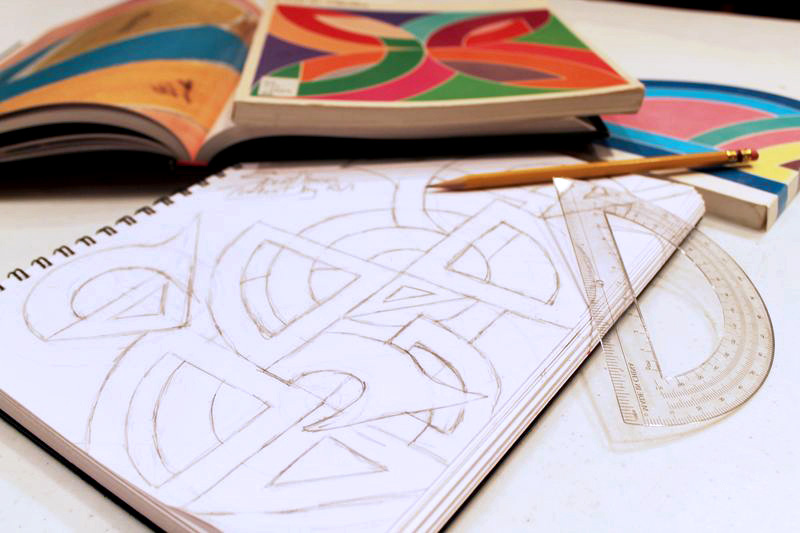
Independent Work
- Have students research Stella’s Protractor Series to find a painting in the series to inspire their own pattern and analyze it for its use of elements and designs. Students could share their responses in a discussion board in your online classroom or create a Flipgrid video or voicethread. Have students respond to each others’ posts as well.
- Encourage students to create several thumbnails inspired by the painting they chose before designing a pattern that could repeat. Students could experiment with advanced repetitions like half-drop patterns for tessellations. Students could sketch on paper and photograph it and then edit digitally. Share works in progress with the class as part of a live chat mid-project or in a discussion forum, or Flipgrid.
- Have students create a free Spoonflower account and explore other designs. Students must be 13 to create their own account. Students could use Spoonflower’s connection with PicMonkey to draw simple designs online and add stickers as seen below. Or, students can use one of the digital drawing apps listed in the resource section to create an image saved as a tiff or jpeg to upload to Spoonflower.
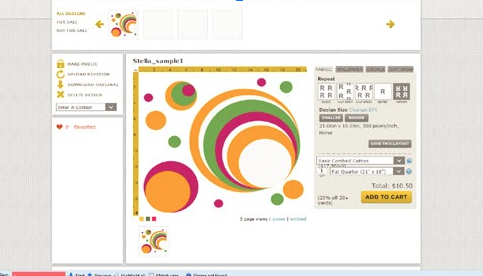
Have students save a screenshare of their Spoonflower presentation. Students may be interested in making their fabric designs public for others to purchase. Here are three examples you could share after they are mid-progress of other fabric designs inspired by Stella’s protractor series: Stella Protractor Argyle Windows by Amanda Bonnar, Cirque by Grace Noël or Berry Protractor Snakes by Jasmine Turner.
Closure: Designer Showcase
- Have students respond through Flipgrid with a 1-3 minute video pitch discussing their finished designs as if they are unveiling them at a digital showcase. Their pitch needs to briefly reference the painting that inspired it, their creative process, and what they learned through this design project.
- Create a mixtape of students’ Flipgrid videos to share at the next live class session. You could invite families, other staff members, or other students for this showcase encouraging positive feedback for students.
The project could be extended by having students make something with their fabric.
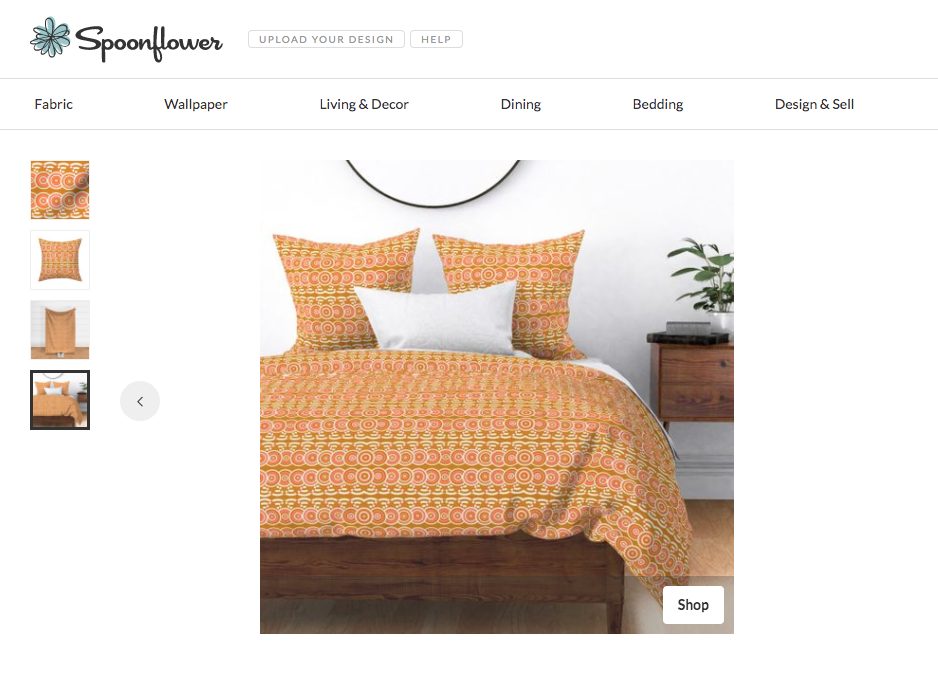
Image courtesy of Grace Noël
Written by Michelle Harrell, NCMA Director of Education
Inspired by a project in our Art of Fashion online high school course developed by a team of educators and designers. To learn more about these online courses, visit https://learn.ncartmuseum.org/programs/teen/teen-online-courses/.




